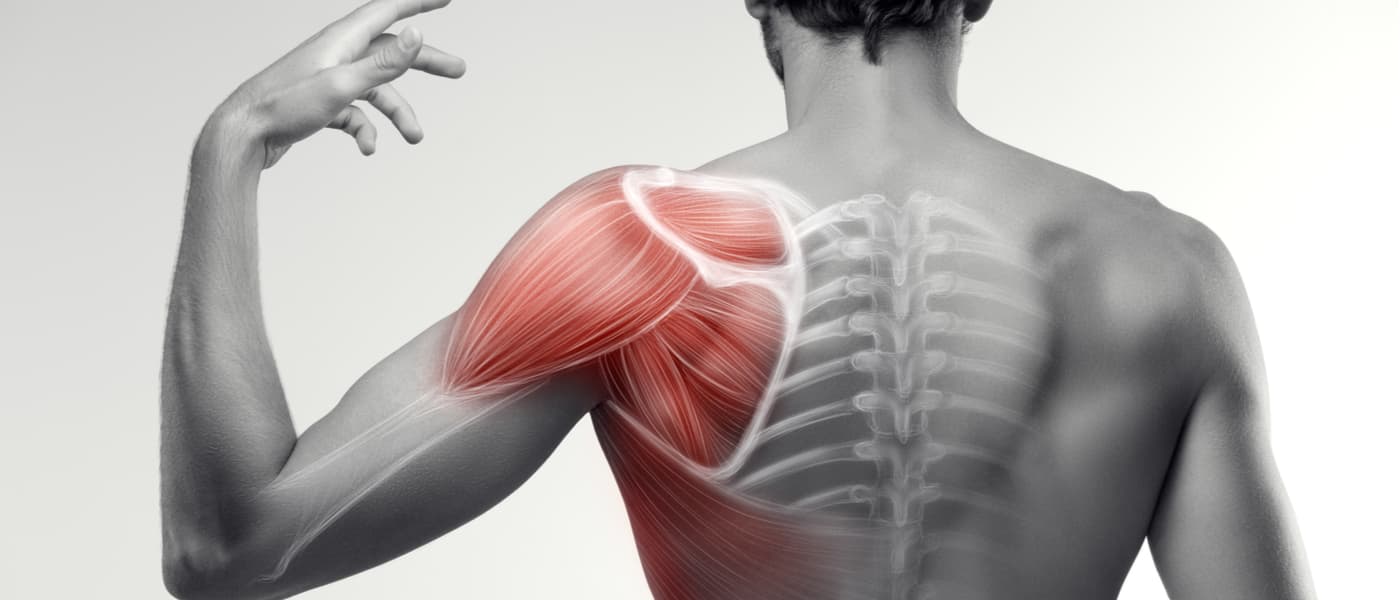Rest
Before you resume your normal workout routine, it is important to rest. The amount of time needed for recovery may vary depending on the severity of your injury. While resting, ice packs can be applied to the affected area to reduce swelling and discomfort. A physiotherapist can guide you through this process and advise on how best to treat your injury.
If at any point during your recovery you feel pain during movement, seek immediate medical attention. If not, make sure that before resuming activity that you are fully recovered and don’t feel any pain during rest. This will allow you to move freely without re-aggravating the muscle strain injury.
Ice therapy
Ice therapy can also help with inflammation and pain. Applying ice to an area that has been strained helps to reduce swelling, inflammation and pain.
When using ice therapy, you should apply it for 15-20 minutes at a time, 3-4 times a day. This can be done by putting crushed ice in a plastic bag or placing the affected area on a bag of frozen vegetables covered with a thin cloth.
Compression
Compression can help reduce swelling and prevent blood clots, as well as relieve pain. If you experience any of these symptoms, a compression bandage is a viable option for recovery.
Applying a compression bandage is relatively straightforward: first, gently clean the affected area with soap and water. Next, apply an antibiotic ointment (if available). Then cover the wound with a sterile cloth or gauze, and wrap it firmly but not too tightly. The bandage should not be so tight that your fingers or toes become blue or swollen. For the most effective results, wear the bandage for 24-48 hours before removing it to check on your injury’s progress.
Elevation
Elevation is key to minimizing swelling and pain in an injured muscle. Raise the affected area above the level of your heart by using towels or pillows under it. This way, gravity works with you instead of against you. If possible, try to lie still while elevating the injured area, as moving around can increase swelling in the muscle.
Additionally, make sure to not overdo it with this treatment method: more isn’t always better! While elevating a strained muscle is important for recovery, prolonged elevation can actually slow down healing by reducing circulation (which brings nutrients and oxygen to your muscles).
Use a TENS or EMS device
While the most effective way to treat muscle strain is to visit a physiotherapist, you can also use a TENS or EMS device. A TENS (transcutaneous electrical nerve stimulation) device is designed to reduce pain by sending impulses that block pain signals from reaching your brain. An EMS (electrical muscle stimulation) machine is used for both acute and chronic pain, and helps stimulate muscle recovery. If you have either type of device at home, you’re able to use it anytime and anywhere, which is easier than scheduling appointments with a physiotherapist every time you experience some discomfort.
These five steps can help you recover from a muscle strain.
Having a muscle strain sucks, but it helps to remember that it’s part of the process. One of the best ways to take care of yourself is by taking steps to avoid a strain in the first place. Don’t over-train—your muscles need time to recuperate and grow. Make sure you’re warming up before you start exercising and cooling down afterwards. Do some stretches! And if your muscles are sore after your workout, it’s okay to give them a break for a day or two before getting back out there.
The next step is to get rid of the pain and inflammation from your muscle strain as quickly as possible so you can resume training (or at least regular movement). In addition to applying ice, there are several exercises that can be done with limited motion, such as passive movements and assisted range of motion exercises. Also make sure you’re sleeping well and drinking lots of water—a good night’s sleep is like hitting reset on your body, and hydration helps keep everything running smoothly.

Related Stories
5 Ways to Support Bone Strength with HiDow
World Osteoporosis Day (October 20) October 20 is World Osteoporosis Day, and chances are, you’ve...
Oct
FDA-Cleared Is a Flex. Here’s Why.
Pulling Back the Curtain You’ve seen it on boxes, on websites, in ads: FDA-cleared. It...
Sep
This Is Fibro. This Is Larry.
September is Pain Awareness Month. And we’re not here to give you medical definitions or...
Sep
Train Your Relaxation Reflex
How often do you find yourself struggling to switch off after a long day? With...
Aug
Back To School Fitness: Balancing Academics & Athletics
Most student athletes don’t have a motivation problem. They show up. They train hard. They...
Aug
How to Cope with a Sports Injury
Staying active helps your body stay strong. But sometimes, activity leads to pain, strain, or...
Jul